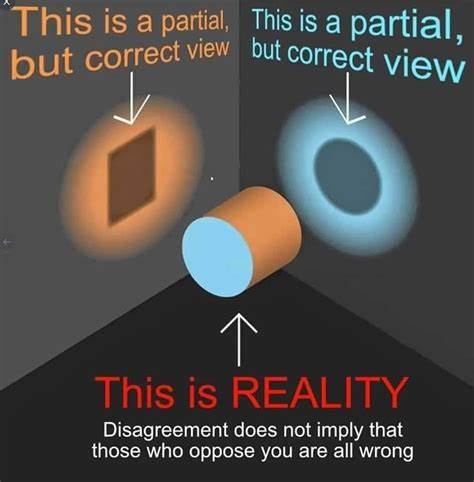Criteria for Formula considerations
- Science support for composition

- Effectiveness of nutrient forms
- Nutrient dosage validity
- impact on nutrient ratios when coupled with food sources
- Label presentation facts (FDA analysis for over under label amounts*)
- Delivery method
- Excipents (filler materials) profile
- Disintegration time
- Absorption percentages
- Nutrient on nutrient interference
The Accumulation Affect
There are over 20 vitamin issues plus numerous base element issues that could impact the multiple vitamin mineral supplement quality and safety. Issues about disintegration, absorption, and nutrient on nutrient interference are also factors often overlooked. People may take a number of different products that contain the same nutrient and fail to consider nutrient amounts added together. This can push dosages up into potential adverse amounts or put them in an unbalanced ratio with other supplemented or food source nutrients.
If tablets fail to disintegrate, there is a greater likelihood for reduced absorption percentages. The evaluation of the ingredients and formula would be nullified. Some formulas have nutrients that interact and hinder the absorption of other nutrients. Vitamin E over vitamin K, Calcium over iron, zinc over copper, etc. Sometimes these actions are little more than just rhetoric, but at larger dosages they can have adverse effects. Unfortunately, the results for some of these effects may not be discovered for many years.
OBSERVATION: If you see an evaluation for multiple vitamins that recommends Centrumtm or One-A-Daytm multiple vitamins, that website is simply expressing the current mainstream status quo ignorance of significant scientific vitamin research. Some of which are recent discoveries but some go back around the 1940's to the birth of natural isolated and synthetic vitamins. A little bit of true facts with a lot of fluff. When you know the reality, it is difficult to imagine how professionals today are accepting and holding onto such antiquated vitamin theories. The newly developed vitamin criteria offered by this website allows one to jump ahead of faulty mainstream nutritional recommendations to safeguard health.
Perhaps  this picture will illustrate what is happening with controversal vitamin study results. Study researchers can pick and choose different criteria to arrive at seemingly any conclusion they want to prove. Just about any result can be manipulated into reality with just the right light direction, or choice of subjects, vitamin forms, and dosages, plus nutrient synergism.
this picture will illustrate what is happening with controversal vitamin study results. Study researchers can pick and choose different criteria to arrive at seemingly any conclusion they want to prove. Just about any result can be manipulated into reality with just the right light direction, or choice of subjects, vitamin forms, and dosages, plus nutrient synergism.
Vitamin D produced osteocalcin does not add minerals to bone until it is activated by vitamin K2. Vitamin K2 is now in many bone formulas for this function, but this fact about K2 is not mentioned by the osteoporosis society. Why not?
* Label amounts of listed nutrients. Percent above or below. This government analysis reveals that the most serious differences in accrual amounts compared to label amount exist for vitamin A and vitamin D at a range that included a 40% overage. For minerals, chromium and selenium, both minor minerals, at up to 25-30% overage. This is one reason the new criteria amounts are lower. The other is related to how the body processes nutrients at different intake amounts, and any possible interactions and/or interferences with other nutrients.